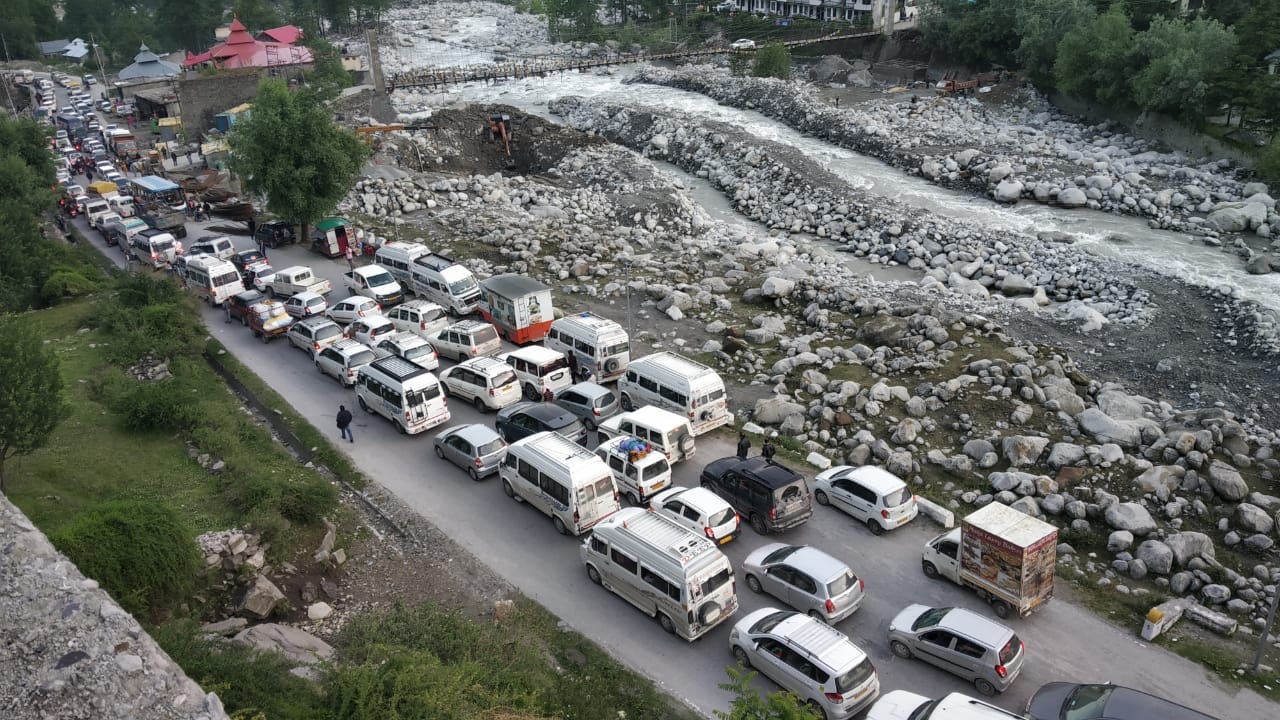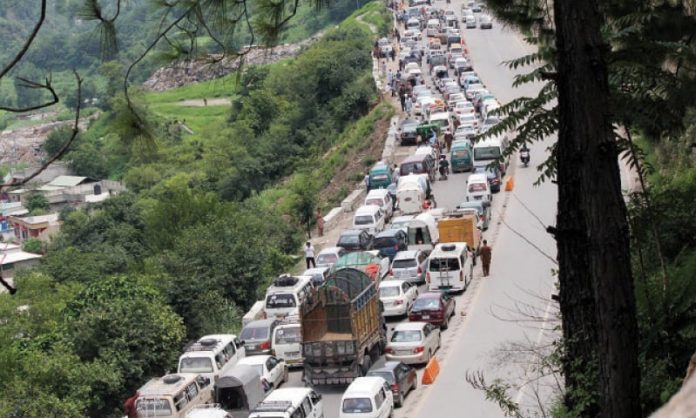- We all know how important the travel industry is to the country’s economic activities raking in substantial revenue when the sector functions to its full capacity. Every government worth its salt will leave no stone unturned in not only attracting the local populace to flock to the earmarked travel destinations but also extending every possible attraction for international tourists to make a beeline to those places in large numbers. Thus, the revenue generated from the economic activities will invariably set the tone for the country’s GDP growth significantly. We all know how the Covid-induced lockdown crippled the travel industry big-time and to recover from those harrowing times took a considerable effort from all concerned. The recovery was not easy at all.

PC: The Quint
- Now that the holiday and festival season is in full swing and people are willing to venture out to travel destinations, including the most preferred hill stations, the authorities associated with the sector must be feeling extremely pleased with the outcome. This notion is proving to be wrong since the heavy movement witnessed in some of the favorite holiday destinations is simply unbelievable. As you must be aware, photos from some of the popular Himalayan tourist destinations reveal unprecedented traffic gridlocks. If not for the scenic surroundings, it could be a typical everyday urban Indian experience that we are so used to in the metros. The traffic gridlocks in tourist destinations need not be this way.
- India’s two great mountain ranges, the Himalayan Region and the Western Ghats, are among two of the country’s four biodiversity hotspots. There are 15 national parks and 59 sanctuaries in the Himalayan Region. These mountain ranges are unique on the tourist map because they attract both regular tourists as well as millions of pilgrims as they host some popular religious sites. For example, in J&K, the pilgrim traffic between 2011 and 2020 outnumbered the regular tourist flow to Kashmir Valley. Uttarakhand and Sikkim, two popular tourist destinations, have also witnessed serious natural disasters recently. It’s an indicator of their ecological fragility. The growing tourist footfalls, with the concurrent demand for more built-up areas, increase ecological risks here.

PC: Hill Post
- Note that Uttarakhand’s population in 2011 was a little over 10 million. By the end of the decade, the annual tourist inflow was around 7 million. In Sikkim, the residents-to-tourists ratio was far more skewed. The state’s population in 2011 was 6.1 lakh, while the annual tourist inflow by 2019 was 1.5 million. As mentioned above, tourism represents a significant source of economic activity in the mountain ranges and, therefore, cannot be done away with. The problem lies in tourism that’s being encouraged. Ecotourism, which caters to travelers more sensitive to nature, is booming globally. India’s mountain ranges, with their biodiversity, are ideal spots for it. The thrust should be placed to encourage this by undertaking sensitization endeavors.






